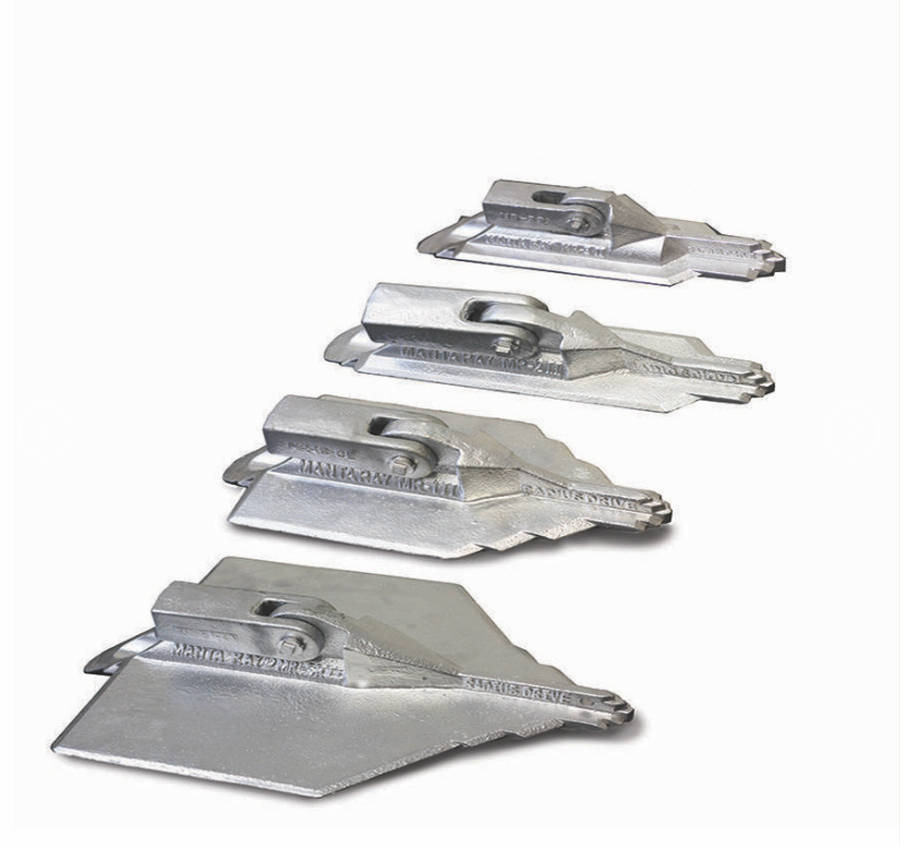
Manta Ray anchors are also known as Manta Ray earth anchors. Their design is for securing the guy wires and provide stability to utility poles. This is mainly in areas with challenging soil conditions. Manta Ray anchors contains a steel shaft with one or more helical-shaped plates. They weld where the anchor installs by screwing it into the ground using hydraulic equipment. The helical design of the earth anchors allows for increased holding capacity and better resistance against uplift forces. The anchors mainly work in areas where other types of anchors are not suitable due to rocky or hard soil conditions. Manta Ray anchors provide reliable and cost-effective solutions for anchoring power transmission lines. This is to ensure stability and safety of the installations. They are widely used in construction, telecommunications and utility industries across the globe.
Components of the Manta Ray anchor
The Manta Ray anchor consists of various components that work together to create a reliable anchoring system for power transmission lines. The available helical plates provide the necessary resistance against uplift forces. The shaft of the anchor enables the attachment of guy wires to the structure. This is to provide stability to utility poles and the entire power line infrastructure. The main components of a Manta Ray anchor include:
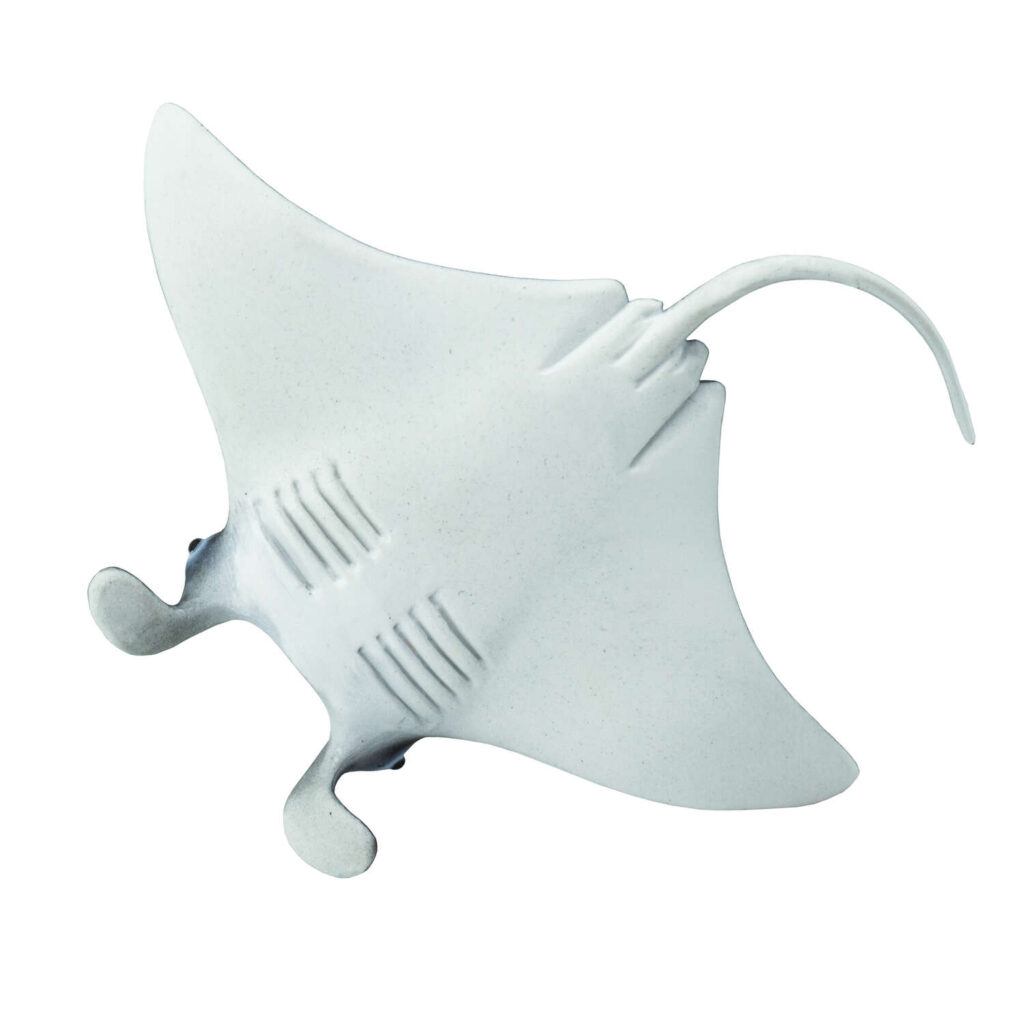
- Shaft – this is a steel rod that makes the main body of the anchor. It is from high strength to provide durability and resistance to bending or deformation during installation.
- Helical plates – the plates resemble the wings of a Manta Ray fish where the name is from. They are responsible for the anchors holding capacity and provide resistance against uplift forces. They help to cut into the soil as the anchor screws into the ground creating a secure attachment point.
- Eye or head – the upper part of the anchor features an eye or head which serves as the attachment point for the guy wire or cable. The design accommodates different types of connections. These include shackles clamps which allow for easy installation and adjustment of the guy wire.
- Tensile load plate – some of the Manta Ray anchors include a tensile load plate which positions below the eye or head. The tensile load plate helps distribute the load evenly across the anchor and reduces stress concentrations. This enhances the overall stability and performance.
Types of Manta Ray anchors
The various types of Manta Ray anchors help to meet the specific requirements and soil conditions. The types also vary depending on the project requirements, soil conditions and load factors present. The main types of Manta Ray anchors are as follows.
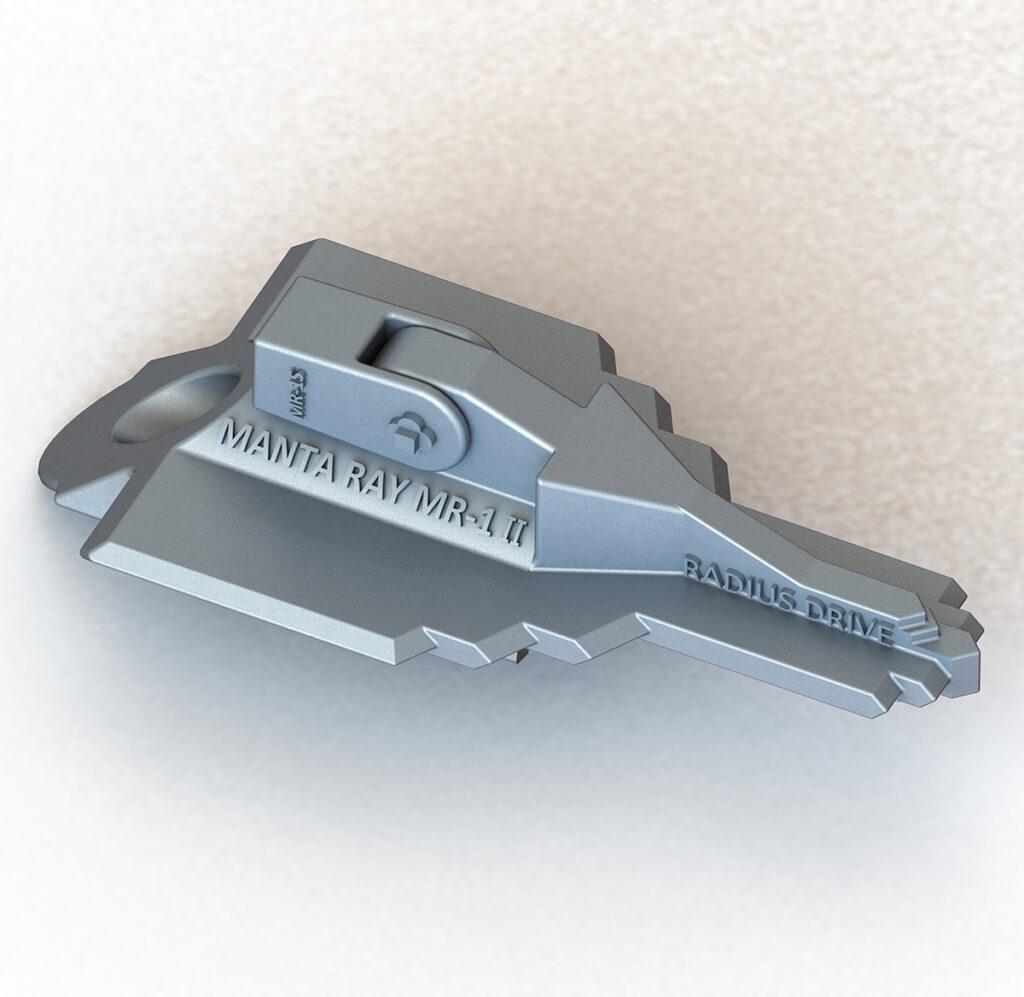
- Manta Ray MR-1 – this is the standard Manta Ray anchor used for a wide range of applications which feature one or more helical plates. They are suitable for various types of soil conditions like sandy, clay and loamy soil.
- Manta Ray MR-2 – this is the larger version of the MR-1 anchor designed for heavier loads and more challenging soil conditions. It features multiple plates to enhance its holding capacity. They are mostly used when the soil conditions require a higher load bearing capacity or increased stability.
- Manta Ray MR-3 – the Mr-4 anchor works in rocky or hard soil conditions. They feature cutting blades on the helical plates which enable it to penetrate and anchor in rocky soils.
- Manta Ray utility anchor – the utility anchor is a variation of the standard Manta Ray anchor. It helps in lighter loads in utility applications. They feature a smaller shaft diameter and helical plates. These help to suit the requirements of smaller utility poles and lighter structures.
Applications of Manta Ray anchors
Manta Ray anchors apply in various industries like power transmission and distribution, telecommunications, infrastructure and construction. The application of the anchors also depends on the project requirements, load capacity and the soil conditions. The various applications are as discussed below.
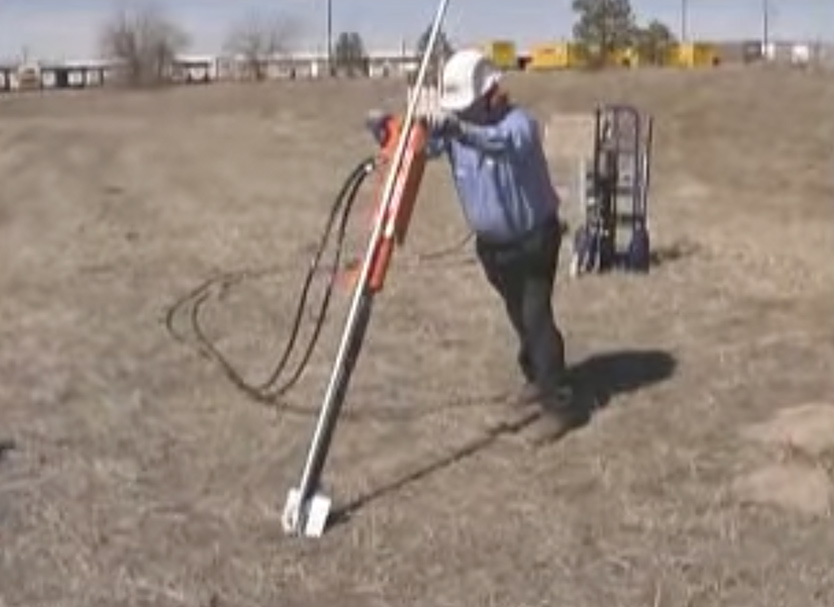
- Power transmission lines – the anchors work in power transmission lines to provide stability and secure guy wires. They anchor utility poles and towers which prevents them from leaning or breaking due to wind loads and other forces.
- Telecommunications – Manta Ray anchors help to stabilize guy wires for telecommunication towers. They ensure that the towers remain upright and stable in adverse weather conditions.
- Utility poles – Manta Ray anchors secure guy wires for utility poles used in electrical distribution systems.
- Antenna towers – the anchors stabilize guy wires for antenna towers used in radio and television broadcasting, wireless communication and other applications.
- Signage and lighting – the anchors secure guy wires for large signage structures, streetlights and other lighting installations.
- Foundation support – Manta Ray anchors provide lateral resistance and stability to foundation walls or retaining structures.
- Soil stabilization – the anchors work in soil stabilization applications lie preventing soil erosion or securing slopes.
Installation guide for the anchors
The installation process of the Manta Ray anchors vary depending on various factors. These include the project requirements, soil conditions and the techniques used by the installation screw. Also, it is advisable to consult professional engineers and contractors experienced in anchor installation. This is to ensure proper installation and adherence to safety standards. The following are the steps involved in the installation.

- Prepare the site for installation by clearing any obstacles and ensure the area is accessible for equipment and tools.
- Position the Manta Ray anchor at the designated location where the guy wire will attach.
- Install the anchor using hydraulic equipment designed for Manta Ray anchors. The hydraulic drive motor connects to the anchor shaft and the helical plates are gradually screwed into the ground.
- Drive the anchor into the ground until it reaches the required depth specified by the engineers. The depth ensures proper engagement of the helical plates within the soil to achieve the desired holding capacity.
- Attach the guy wire to the anchor’s eye or head using appropriate connectors. The guy wire provides stability and tension to the structure which transmits the loads and forces to the anchor.
- Tension the guy wire to ensure stability and adequate performance of the anchor system.
- Implement the quality control measures after the installations are complete. This is to verify the integrity and compliance with project requirements.
How to select the best anchors for your project
The type of Manta Ray anchors selected depends on factors like soil conditions, project requirements and load considerations. Additionally, it is advisable to consult with professionals to help you make an informed decision. Below are some of the key points to consider during the selection process.
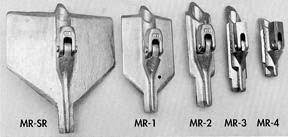
- Evaluate the expected loads and forces that the anchor will need to withstand. It includes considering weight of the structure, wind loads, ice loads or other relevant factors.
- Assess the soil conditions at the installation site by considering soil type, density, moisture content among other challenges.
- Determine the required installation depth based on engineering recommendations. Local regulations and holding capacity.
- Consider the size and configuration of Manta Ray anchor by checking the shaft diameters, helical plate sizes and number of helical plates.
- Consult with professional engineers and anchor manufacturers who have expertise in power line construction.
- Evaluate the cost-effectiveness of the anchor installation equipment and any additional requirements such as load testing.
Frequently asked questions
What is a Manta Ray anchor as used on power transmission lines?
A Manta Ray anchor is a type of anchor that helps to secure guy wires and provide stability to utility poles in areas with challenging soil conditions. They provide a reliable and cost-effective solution for anchoring power transmission lines.
What are the features of a Manta Ray anchor?
A Manta Ray anchor consists of various anchors that help to increase stability to the structures. They include variable bar length, versatile application, easy and fast installation, instant proofing result, simple rocking system and excellent load capacity.
What are the benefits of using a Manta Ray anchor?
The anchors offer several benefits that make them a popular option on the transmission inustry. These include high load capacity, easy installation, minimal site disturbance, cost effective and reliable performance.
What are the main limitations of Manta Ray anchors?
They also have various limitations to consider when selecting them for your application. These include depth limitations, limited load adjustability, corrosion potential, engineering expertise needed and load distribution.
